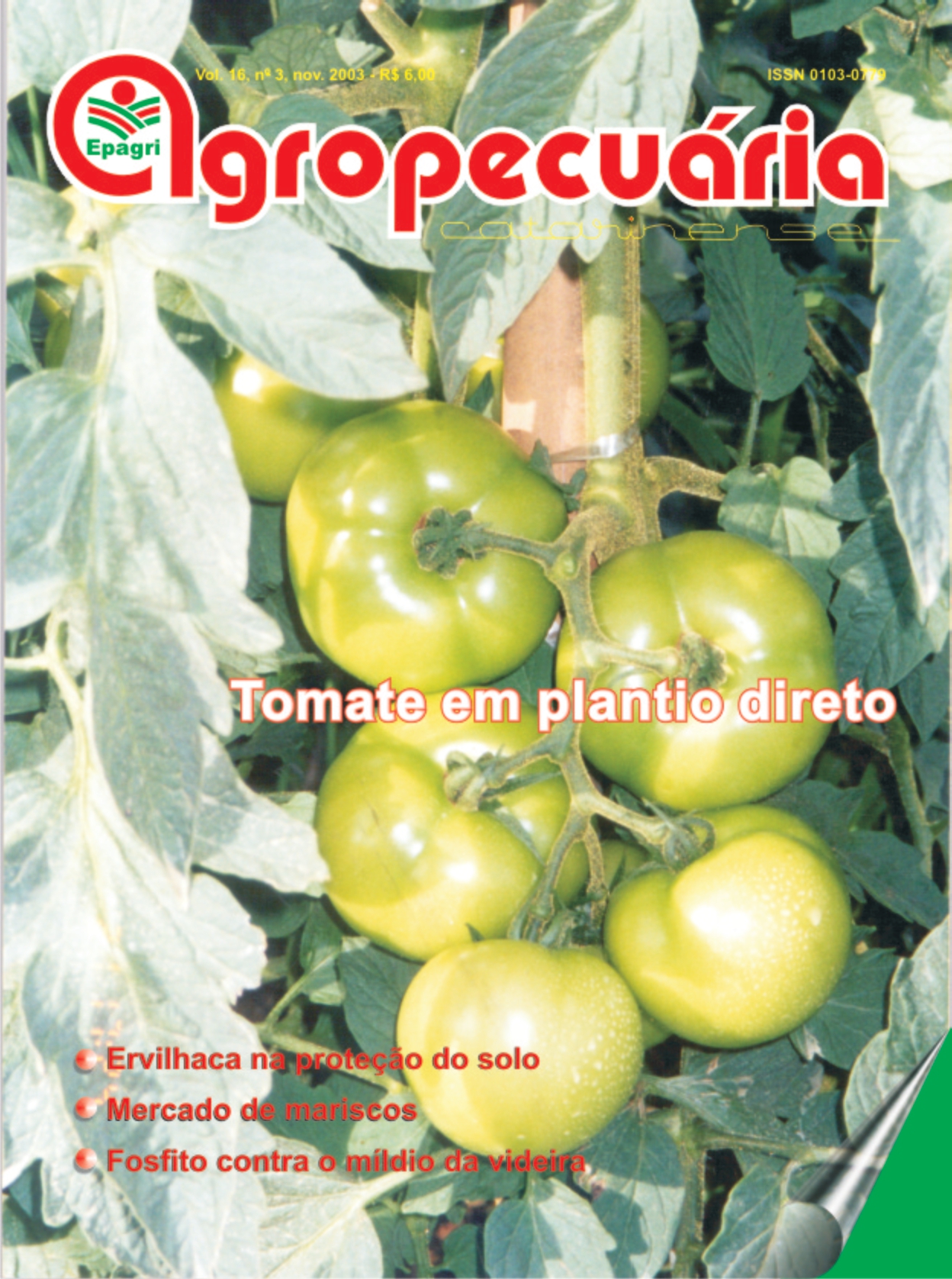Influence of growing media and arbuscular mycorrhizal fungi on the vegetative development of Citrange Troyer
DOI:
https://doi.org/10.52945/rac.v16i3.1031Keywords:
Citrus, rootstocks, endomycorrhizae, protected cropingAbstract
The present study had the aim of evaluating the effects of substrate composition and the inoculation
of two species of arbuscular mycorrhizal fungi (AMF) (Glomus clarum and Acaulospora scrobiculata) on the
vegetative development, carbohidrate contents and percentage of radicular colonization settling by AMF in Citrange Troyer (Poncirus trifoliata L. RAF. x Citrus sinensis L. Osb.). The treatments consisted of two
substrates: S1 = soil + sand (1:1, v:v), and S2 = soil + sand + decomposed residue of acacia (2:2:1, v:v:v). Both treatments were submited to inoculation with two species of AMF (G. clarum e A. scrobiculata) and no inoculation. The addition of a source of O. M. (decomposed residue of acacia bark) in S2, improved the chemical and physical properties of the substrate, resulting in better vegetative development of the citrus plants. Also, a significant interaction between type of substrate and effect of AMF on dry matter (aerial part and roots) and carboidrate
contents was determined. Efficiency of symbiosis varied according to substrate composition and AMF species. A positive effect of AMF was noted only when the mixture soil + sand was used, a poorer substrate, being A. scrobiculate the most efficient species.
Metrics
Publication Facts
Reviewer profiles N/A
Author statements
- Academic society
- Epagri - Revista Agropecuária Catarinense
- Publisher
- Empresa de Pesquisa Agropecuária e Extensão Rural de Santa Catarina - Epagri
Downloads
Published
How to Cite
Issue
Section
License
Copyright (c) 2003 Agropecuaria catarinense

This work is licensed under a Creative Commons Attribution 4.0 International License.





